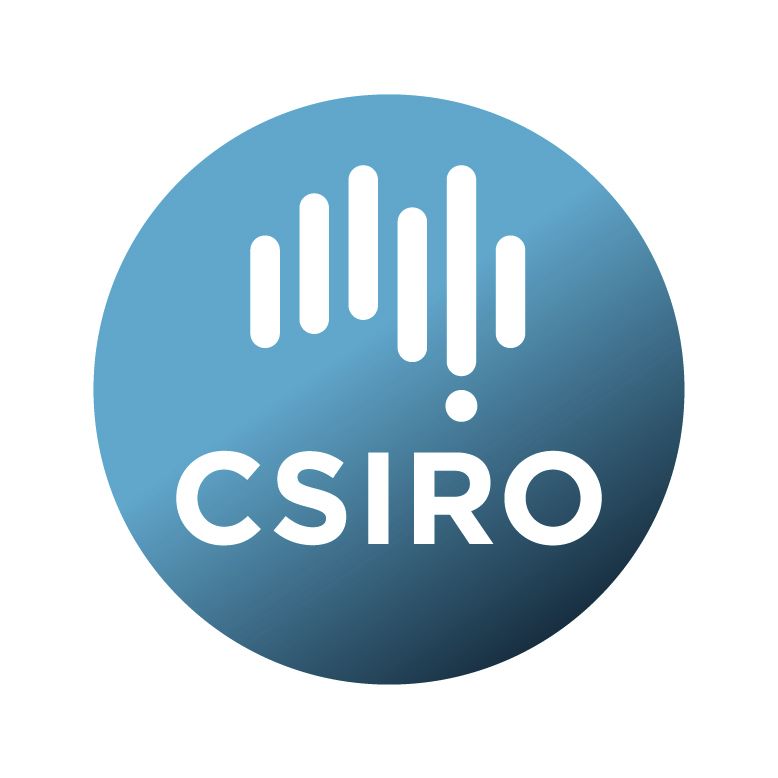Brief description
ASKAPsoft, the ASKAP Science Data Processor, provides data processing functionality, including:* Calibration
* Spectral line imaging
* Continuum imaging
* Source detection and generation of source catalogs
* Transient detection
ASKAPsoft is developed as a part of the CSIRO Australian Square Kilometre Array Pathfinder (ASKAP) Science Data Processor component. ASKAPsoft is a key component in the ASKAP system. It is the primary software for storing and processing raw data, and initiating the archiving of resulting science data products into the data archive (CASDA).
The processing pipelines within ASKAPsoft are largely written in C++ built on top of casacore and other third party libraries. The software is designed to be parallelised, where possible, for performance.
ASKAPsoft is designed to be built and executed in a standard Unix/Linux environment and core dependencies must be fulfilled by the platform. These include, but are not limited to, a C/C++/Fortran compiler, Make, Python 2.7, Java 7 and MPI. More specific dependencies are downloaded by the ASKAPsoft build system and are installed within the ASKAPsoft development tree. Specific to the Debian platform, after a standard installation of Debian Wheezy (7.x) the following packages will need to be installed with apt-get:
* g++
* gfortran
* openjdk-7-jdk
* python-dev
* flex
* bison
* openmpi-bin
* libopenmpi-dev
* libfreetype6-dev
* libpng12-dev
More information regarding the building, installation and running of the software can be found in the README file in the root of the file structure that forms this collection.
Source code can be accessed via the links in Related Materials section.
-----
A large release containing a number of updates to the pipeline scripts
and to various aspects of the processing tools.
Pipeline updates:
* Can use AOflagger instead of cflag.
* Can use continuum cubes to measure spectral indices of
continuum components (using Selavy).
* Bug fix, the CleanModel option of continuum-subtraction was using
the wrong image name.
* Allow self-calibration to use the clean model image as the model
for calibration (in the manner of continuum-subtraction).
* Improved continuum subtraction Selavy parameterisations, to better
model continuum components. Selavy parsets are now consistent with
those used for the continuum cataloguing.
* Use of an alternative bandpass smoothing task -
smooth_bandpass.py (instead of plot_caltable.py).
* Use of an additional bandpass validation script to produce summary
diagnostic plots for the bandpass solutions.
* Bug fix, the bandpass table name was not set correctly when the the
DO_FIND_BANDPASS switch was turned off.
* Addition of the spectral measurement sets, the continuum-subtraction
models/catalogues, and the spectral cube beam logs to the list of
artefacts to be sent to CASDA upon pipeline completion.
* Changes to some default parameters. See CHANGES file for details.
Processing tasks:
* MPI barrier added to the spectral imager to prevent race conditions.
* Improved bandpass calibration to fix failures with SVD conversion
errors.
* The memory handling within linmos-mpi has been improved to reduce
its footprint, making it better able to mosaic large spectral
cubes.
* Selavy:
- now reports best component fit, regardless of the chi-squared. If
poor, a new flag will be set.
- If the fit fails to converge, can reduce the number of Gaussians
being fit to try to get a good fit.
- Bug fix, allow the curvature-map method of identifying components
to better take into account the weights image associated with the
image being searched.
- Bug fix, Selavy, (extraction code) was fixed to allow its use on
images without spectral or Stokes axes.
- The SNR image produced by Selavy now has a blank string for the
pixel units.
- The implementation of variable threshold calculations in Selavy
have been streamlined, to improve the memory use.
Available: 2018-07-10
Data time period: 2018-07-06 to ..
Subjects
ASKAP |
Astronomical Sciences |
Astronomical Sciences Not Elsewhere Classified |
Physical Sciences |
data reduction |
pipeline |
radio astronomy |
science data processor |
software |
User Contributed Tags
Login to tag this record with meaningful keywords to make it easier to discover
Identifiers
- DOI : 10.25919/5B446F22C46FC

- Local : 102.100.100/70334


